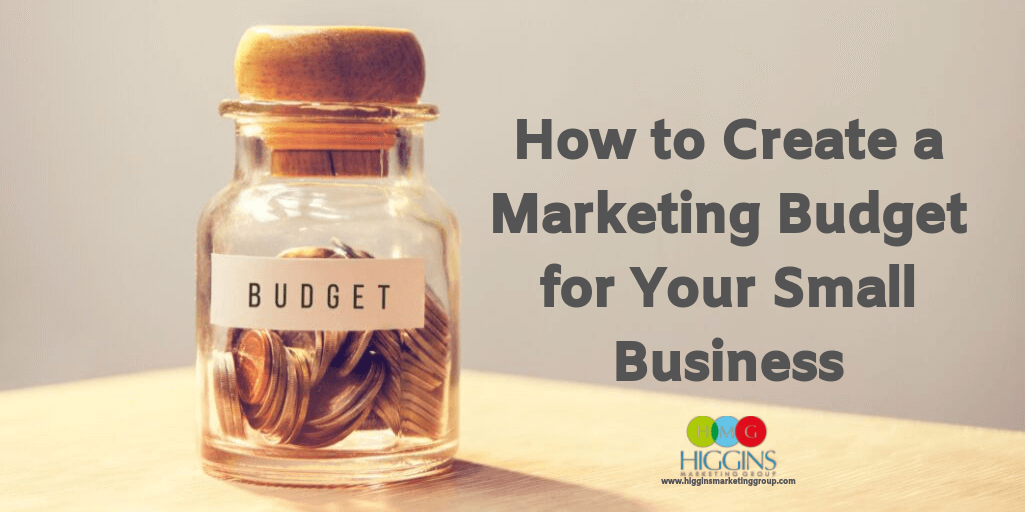How to Create a Marketing Budget for Your Small Business
Marketing is an investment, one that just about every business – no matter how big or small – needs to grow. But how much should you spend? And what should you spend it on?
It’s OK if you’re not sure. Coming up with a marketing budget for your small business can be tough. That’s why we’re here. We’re going to take you step-by-step through the process of determining the right budget to meet all of your business goals.
Step 1: Set your marketing goals
This probably sounds familiar, but that’s because setting goals is the foundation to pretty much everything in marketing. Without a clear idea of what you want/expect to get out of your marketing efforts, you’ll basically just be throwing money at the marketing wall and hoping it sticks. Spoiler alert: it won’t.
Do you want to increase overall business revenue by 10% this year? Or generate 25 new leads each month? Whatever your goals are, write them down. You’ll be revisiting them often as you begin testing and analyzing your marketing efforts to determine what’s working and what needs to be tweaked.
Step 2: Calculate your overall budget for the year
There are several ways you can go about this. The first is simply by asking yourself, “How much can I afford to spend?” Look at your overall expenses and figure out how much you think you can reasonably set aside for marketing and that will become your budget for the year.
Another popular method is to calculate your marketing budget using a percentage of your yearly revenue. When it comes to choosing what percent of your revenue to dedicate to marketing, consider how long you have been in business as well as your industry and how competitive it is. Most marketing experts say somewhere between 4% and 7% is the sweet spot.
Step 3: Allocate your dollars
Now it’s time to decide what you’re going to spend that money on and how much of the budget you will dedicate to each tactic. The tactics you choose should line up with your goals, but generally speaking, you can expect to include things like:
- Paid advertising, both on Google and Facebook
- SEO and website updates
- Social media marketing
- Email marketing
- Physical marketing collateral, such as brochures, business cards, etc.
List out everything you want to include, and assign a monthly dollar amount to it. Make sure once you add everything up that it doesn’t exceed your overall budget! If it does, go back to your list and choose your top three priorities. Then pull back on spending on the things that don’t make the cut.
And voila! You have a marketing budget.
Step 4: Track, analyze and optimize
No, you’re not done yet. You’ve done everything you could to set your marketing budget up for success, but you’d be wrong to just set it and forget it.
Keep track of your spending each month and compare it to the results you’re seeing. Are you on track to meet your goals? Are you getting the most bang for your buck? Analyze the data and look for opportunities to optimize your marketing strategy and budget every step of the way. That way you can do more of what moves the needle for your business and spend your money smarter.
Looking for more marketing tips and tricks? Our blog is full of them. Read some of our recent articles like:
Facebook Marketing 101: The Difference Between Boosted Posts and Facebook Ads


